Demystifying Food Product Date Labels: What ‘Use By,’ ‘Expiration,’ ‘Sell By,’ and ‘Best If Used By’ Really Mean
When it comes to food products, you’ve likely encountered various date labels like “use by,” “expiration,” “sell by,” and “best if used by.” These labels can often leave us wondering about their significance and whether we should pay close attention to them. In this article, we will delve into the world of food product dating, clarify its purpose, and help you understand why it’s essential to decipher these labels accurately.
Is Product Dating Mandatory?

First things first, it’s surprising to learn that most product dating is not legally required by federal law, with the exception of infant formula. So, why do we find these dates on so many products? Let’s explore the reasons behind it.
The Smell & Look Test

In the absence of strict regulations, manufacturers have adopted varying approaches to label their products. One of the oldest methods is the “Smell & Look Test,” which involves simply assessing a product’s condition by its odor and appearance. However, it’s important to note that this method is not foolproof.
Open Dating vs. Closed Dating

Product labels often contain two types of date information: “Open Dating” and “Closed Dating.”
- Open Dating is a calendar date assigned to a food item by either the manufacturer or the retailer. It serves as a guide for consumers, offering insights into the expected optimal quality timeframe for the product. You’ll typically find “Open Dating” on items like meat, poultry, eggs, and dairy products.
- Closed Dating, on the other hand, involves a code usually made up of letters and/or numbers used by manufacturers to indicate the exact production date and time. This type of dating is common on shelf-stable products like canned goods and boxed foods.
Meat, Poultry & Eggs Labeling
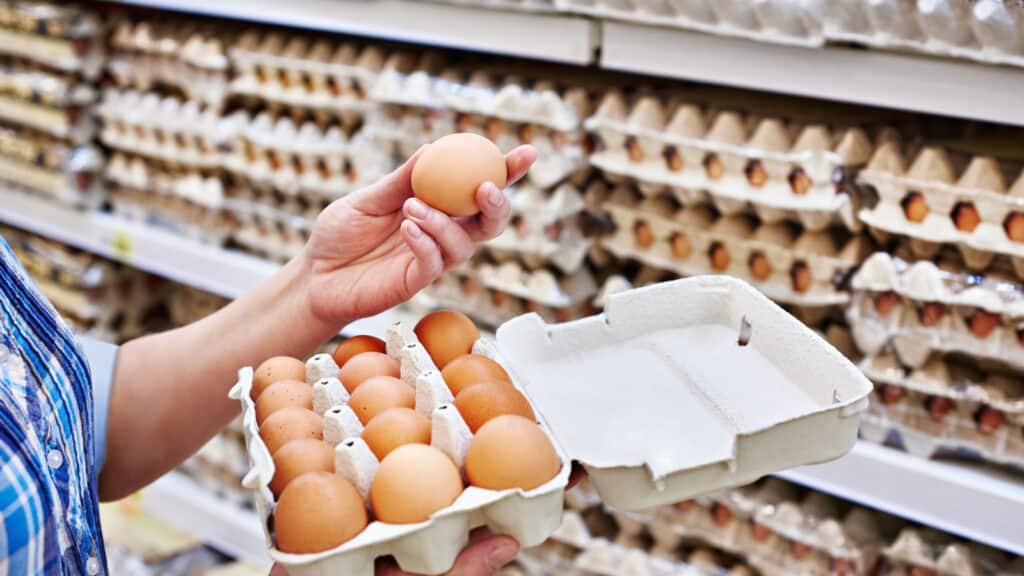
For meat, poultry, and egg products regulated by the Food Safety and Inspection Service (FSIS), manufacturers have the option to include dates on their products. These dates must adhere to FSIS regulations and provide accuracy without causing confusion. In these cases, the date should include both the month and day of the month, and for shelf-stable or frozen products, the year must also be indicated.
Food Safety vs. Quality

It’s crucial to understand that, except for infant formula, these dates are not safety indicators and are not mandated by federal law. Instead, they are provided to assist consumers and retailers in determining the optimal quality period for food products.
Nutritional Value Over Time
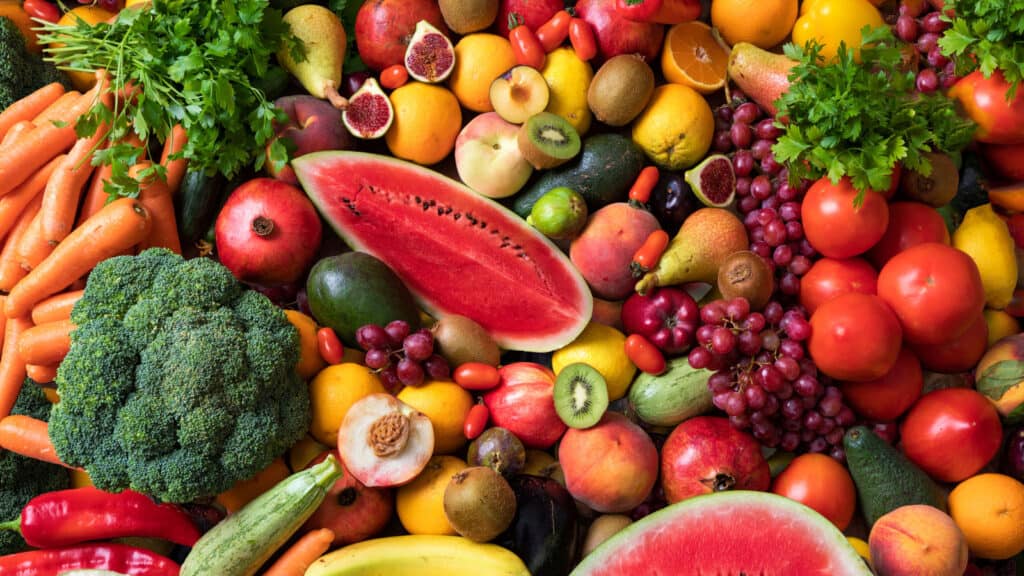
While food may remain safe to eat beyond its labeled date, it’s worth noting that its nutritional value can decrease over time. Fruits and vegetables, for instance, lose antioxidant benefits as they age and are exposed to air and light.
Understanding Label Terminology

In the United States, there is no standardized terminology for open dating found on food labels. This has led to a variety of phrases used on labels to convey quality-related dates:
- Best if Used By/Before: This denotes the date when a product is expected to retain its optimum flavor or quality. It’s not intended as a safety guideline.
- Sell-By: This helps retailers manage inventory by indicating how long a product should be displayed for sale. It’s not indicative of safety.
- Use-By: This represents the last recommended date for consuming the product at its peak quality. It’s not a safety date, except for infant formula.
- Freeze-By: This indicates the ideal time to freeze a product to maintain its peak quality. It’s unrelated to purchase decisions or safety considerations.
Reducing Food Waste
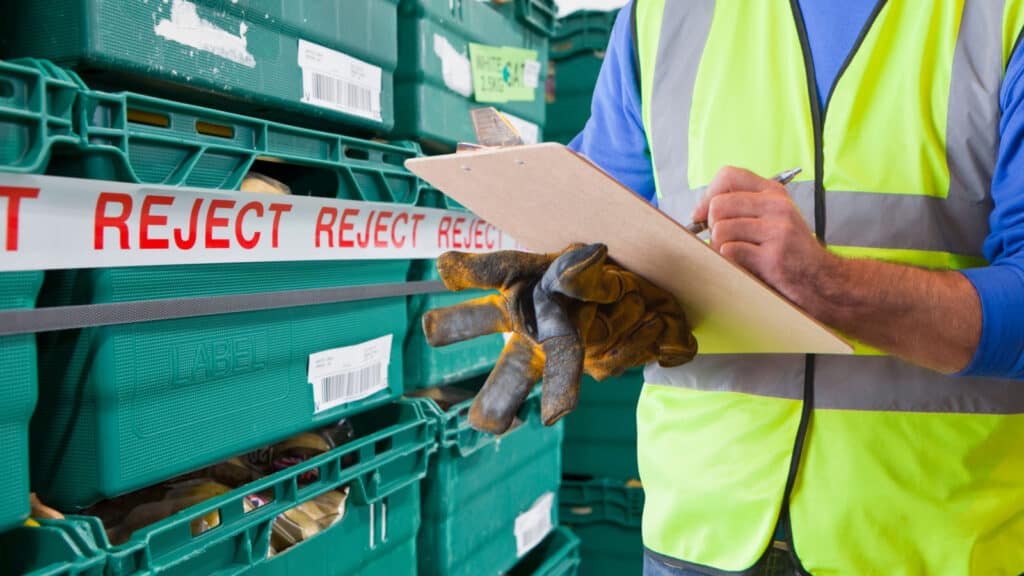
According to the USDA, approximately 30 percent of the food supply is lost or wasted at the retail and consumer levels. Misinterpretation of date labels contributes significantly to this problem. To minimize food waste, the FSIS recommends using the phrase “Best if Used By” on labels. Research indicates that this term effectively communicates that the product will be at its highest quality if used by the specified date.
Is It Safe to Consume Food After the Labeled Date?

Except for infant formula, if the date on a product label has passed during home storage, the product can still be safe and of good quality when handled correctly until signs of spoilage become apparent. Spoiled foods typically exhibit unusual odor, flavor, or texture due to spoilage bacteria growth.
The takeaway
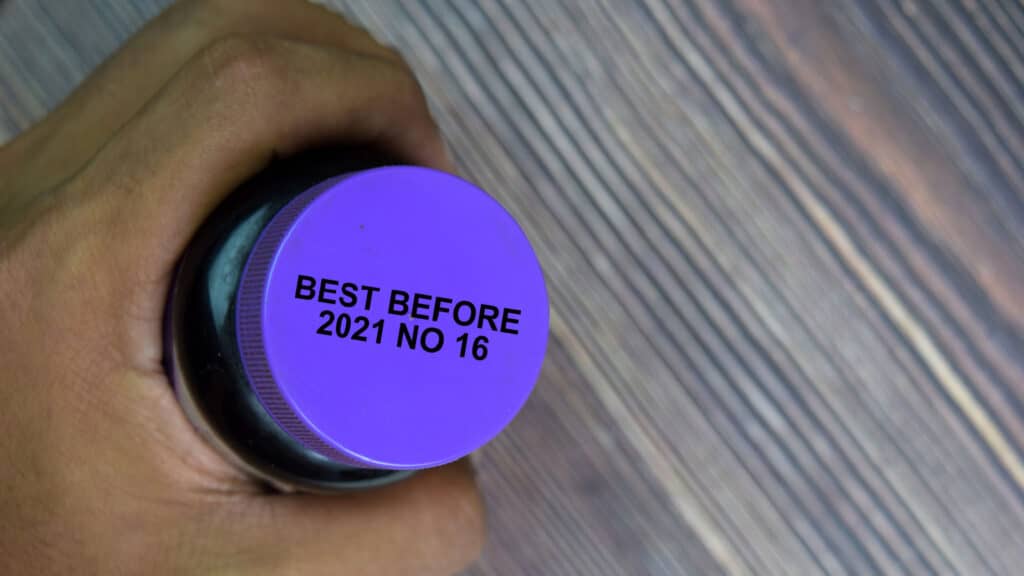
Understanding food product dating is essential to make informed decisions about the quality and safety of the food you consume. While these dates are not strict guidelines, they provide valuable information to help you enjoy your food at its best. Reducing food waste starts with correctly interpreting these labels, ultimately benefiting both your wallet and the environment.
Join Us
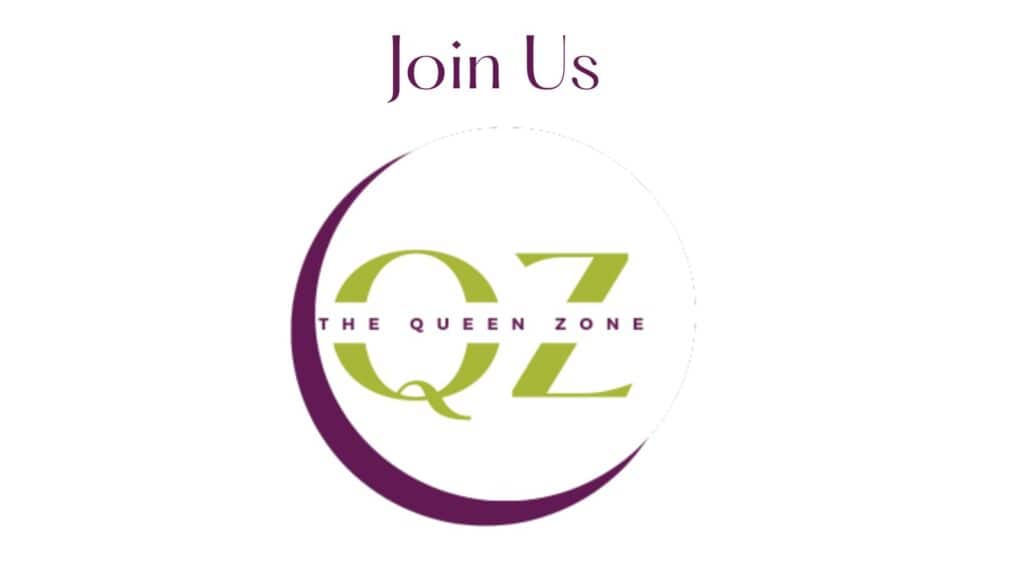
Join us on this empowering journey as we explore, celebrate, and elevate “her story.” The Queen Zone™ is not just a platform; it’s a community where women from all walks of life can come together, share their experiences, and inspire one another. Welcome to a space where the female experience takes center stage. Sign up for our newsletter so you don’t miss a thing, Queen!







